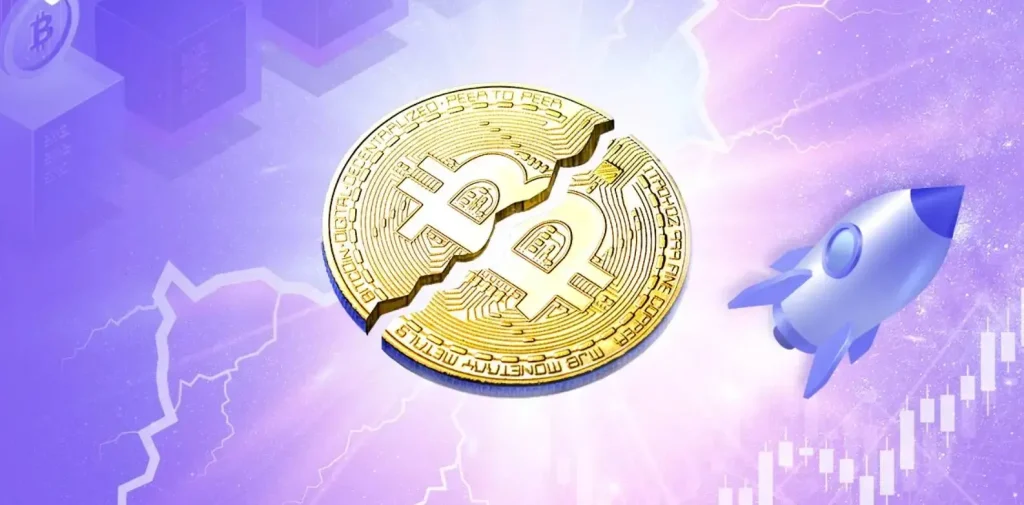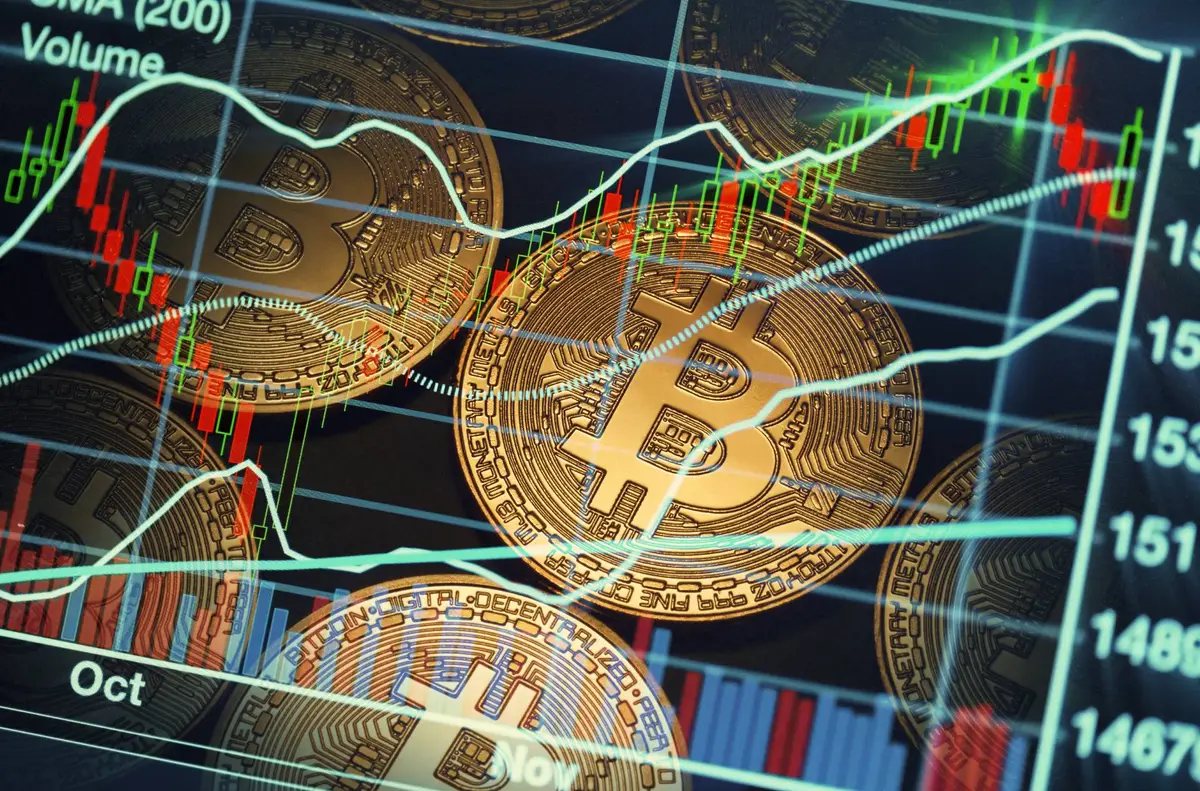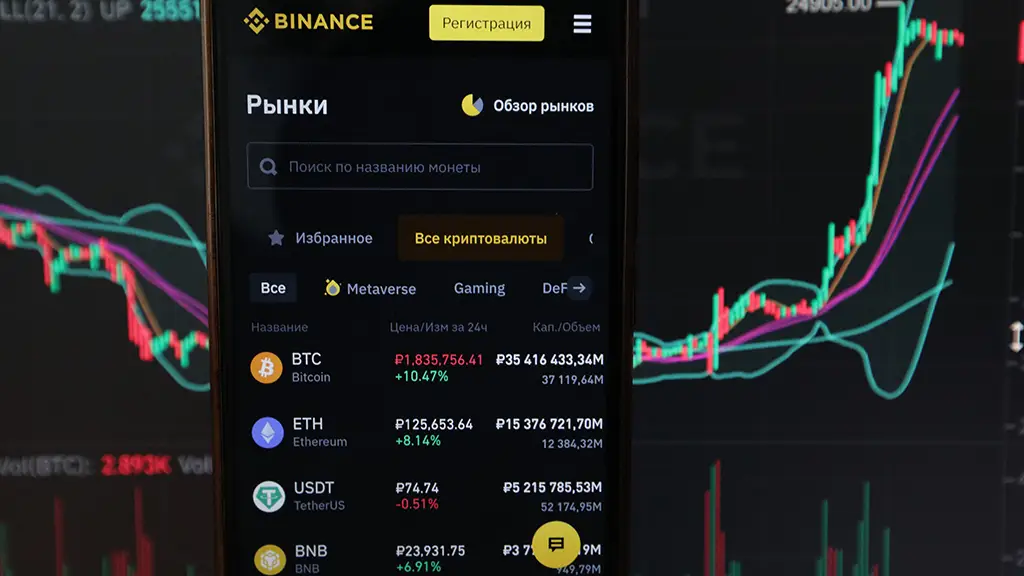The dynamics of the crypto market create dozens of opportunities for speculative profit. High volatility, lack of central regulation and differences between exchanges form the basis for a strategy that is not focused on long-term growth, but on immediate reactions to imbalances. With cryptocurrency arbitrage, you can profit not from the trend, but from the difference: directly, accurately and independently of the market direction.
Cryptocurrency arbitrage between exchanges: classic type
The most common and understandable approach. It works on the basis of the price difference of the same cryptocurrency on two or more exchanges. For example: BTC is worth $ 28,740 on Binance and $ 28,820 on Kraken. The difference is $ 80. Taking into account the commission and the transfer time, there is a profit. The method became the basis when the markets were not yet aligned.
Mechanism of operation
An investor buys an asset on one platform, transfers it to another and sells it at a higher price. With sufficient trading volume and a small spread, the results are noticeable. Arbitrage between exchanges requires high speed and immediate liquidity; otherwise, the window will close before the transaction is completed.
Cryptocurrency Arbitrage Within an Exchange: Local Opportunities
 This type of transaction does not require the transfer of assets between exchanges. Cryptocurrency arbitrage within an exchange uses the differences between trading pairs on the same platform. Example: On Binance, the BTC/USDT price differs from the BTC/BUSD price. Arbitrage occurs when there is an equilibrium of liquidity in individual order books.
This type of transaction does not require the transfer of assets between exchanges. Cryptocurrency arbitrage within an exchange uses the differences between trading pairs on the same platform. Example: On Binance, the BTC/USDT price differs from the BTC/BUSD price. Arbitrage occurs when there is an equilibrium of liquidity in individual order books.
Technical implementation
The trader uses a low-latency bot that reacts instantly to price changes between markets on the same exchange. The method reduces the risk associated with transfer and confirmation delays in the blockchain, but requires high processing speed and understanding of the platform architecture.
Spatial arbitrage: geography and local markets
Cryptocurrency exchange rates vary by country, currency, and demand. In one region, demand is higher due to foreign exchange market restrictions; in another, the price is lower due to oversupply. It is this imbalance that creates the spatial type of crypto arbitrage.
For example, in Nigeria, the USDT rate on P2P is 6-10% higher than the rate on Binance. The reasons for this are the dollar limit at local banks and the high demand for stablecoins. Similar differences can be found in Argentina, Venezuela and some Asian countries. In order to work with this type of arbitrage, knowledge of the banking system, payment gateways and the specific jurisdiction is required.
P2P arbitrage: OTC logic and manual mechanics
One of the most unconventional approaches. Based on the purchase of cryptocurrencies via P2P arbitrage services at a reduced price and subsequent sale via other payment channels with a profit margin. Particularly popular in countries with currency controls.

Special features:
- Trading is done manually.
- Payment – via bank cards, transfers, fintech solutions.
- Risks: human factor, rejection by third parties, blocking of accounts.
The return is 5-12% per cycle, but the risk level is higher compared to automated methods. If you do not monitor your counterparties and do not keep an eye on the rules of transactions, there is a high probability that you will lose profits or even suffer losses.
Triangular crypto arbitrage: a type of strategy within a single platform
One of the most mathematically accurate formats. Triangular arbitrage uses three trading pairs on one exchange. Example: USDT → BTC → ETH → USDT. If the amount after the last conversion exceeds the original amount, the profit is activated. The calculation requires automation.
Algorithm of actions:
- Identification of a potential sequence.
- Calculation of all commissions and slippage.
- Check the liquidity of the glass.
- Simultaneous execution of three transactions.
The difference can be from 0.2 to 0.8% per round. But thanks to the high-frequency execution, the final return is 2-4% per day. It is essential to configure the bot, synchronize the price and eliminate API delays.
Options arbitrage: working with probability and volatility
The most advanced format. This type of crypto arbitrage exploits the differences between the types of underlying assets and the derivative options available on them. For example, if the last purchase price of BTC is lower than the potential profit from growth at the strike price, there is a moment to enter.
Key parameters:
- Time to expiration.
- Volatility of the underlying asset.
- Option price (premium).
- Theoretical price according to the Black-Scholes model.
Choice logic requires financial preparation. If you do not understand probability theory and delta hedging, it is difficult to organize protection and make money with arbitrage in cryptocurrencies. Recommended only after a few months of practice in spot and futures trading.
Decentralized Arbitrage: How to Use DeFi Protocols to Make a Profit
The growth of DeFi has enabled new forms of cryptocurrency arbitrage that go beyond centralized exchanges. The decentralized format works through smart contracts, liquidity pools, and automated market makers (AMMs). A speculator trades on the price difference between DEX platforms with the same tokens.
Mechanics with Examples
The ETH/USDT pool on Uniswap shows 1 ETH = 2000 USDT, while on Sushiswap it shows 1 ETH = 2025 USDT. For an arbitrage of $10,000, the return is $125 minus the network fee. In the case of Ethereum, that is around $10–20. But when using layer 2 (Arbitrum, Optimism), the fees are reduced to $0.5–1.
Technically, transactions are executed via bots or scripts that interact with the blockchain. Important: In the DeFi market, agreements are irreversible; mistakes cannot be undone. Therefore, the risk increases, especially when working on networks with high congestion and high gas costs.
Differences between types of cryptocurrency arbitrage
Which types of cryptocurrency arbitrage you should use depends on your technical background, starting capital, decision speed and risk appetite. Each format has a unique structure, but they have one goal: to profit from imbalances.
Differences between formats:
- Inter-exchange arbitrage — high liquidity, requires transfer of funds, time-sensitive.
- Intra-exchange — safer, but the price difference is minimal.
- Triangular — calculation approach, requires a bot and a stable API.
- P2P — non-standard, depends on local realities, human factor.
- Spatial — geographic and currency imbalances, requires knowledge of local regulations.

- Options arbitrage — mathematical model, high level of training.
- Decentralized — access without KYC, but high technical threshold and spot-oriented.
The choice depends on the objectives. Priority is given to models with high liquidity and automation. But it is precisely the less obvious formats that make the most money, especially in countries with limited regulation or an unstable economy.
Conclusion
 Arbitrage does not require trend forecasting, does not depend on news, and is not based on confidence in asset growth. Each format is based on calculation logic, speed, and precision. Cryptocurrency arbitrage strategies are not just a set of strategies, but a tool for portfolio diversification.
Arbitrage does not require trend forecasting, does not depend on news, and is not based on confidence in asset growth. Each format is based on calculation logic, speed, and precision. Cryptocurrency arbitrage strategies are not just a set of strategies, but a tool for portfolio diversification.
Errors often arise not so much in mechanics, but in underestimating risks: delays, costs, lack of liquidity, errors in API calculations, failed smart contracts. Therefore, before starting an arbitrage strategy, it is important to test the algorithm, use demo modes, and calculate profitability and drawdown for each scenario. Efficiency does not depend on the number of professionals, but on the quality of their preparation. Only the combination of analysis, testing, automation, and discipline makes arbitrage a tool, and not an experiment.
 en
en  de
de  ar
ar  es
es  nl
nl  hi
hi  fr
fr  it
it  pt
pt  el
el 










